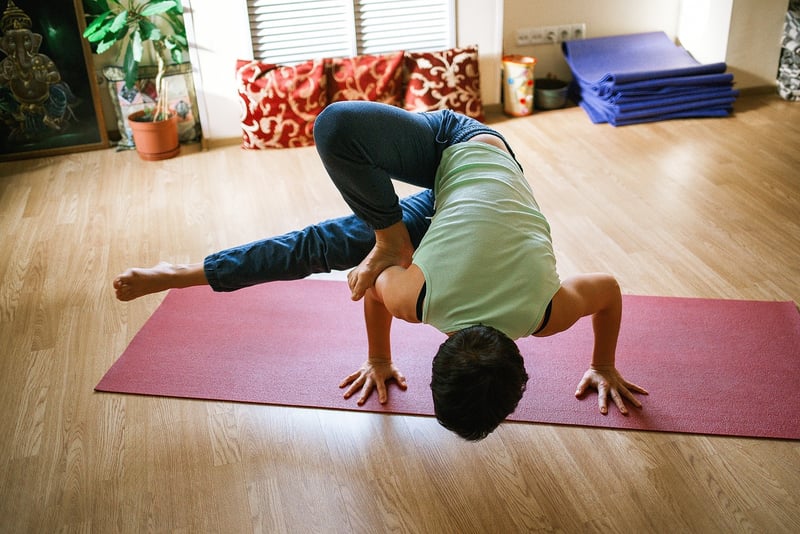Restorative
Physical Practice for Body & Mind + Restorative
The Importance of Physical Practice
Engaging in regular physical practice not only benefits the body but also enhances mental well-being. It improves flexibility, strength, and endurance while reducing stress and anxiety levels.
Types of Physical Practices
- Yoga: Combines physical postures, breathing exercises, and meditation to promote balance and harmony.
- Pilates: Focuses on core strength, flexibility, and overall body awareness.
- Dance: Provides a fun and energetic way to stay active while improving coordination and cardiovascular health.
- HIIT (High-Intensity Interval Training): Incorporates short bursts of intense exercise followed by brief rest periods for a full-body workout.
Restorative Practices for Relaxation
Restorative practices are essential for relaxation and rejuvenation. They help in reducing tension, calming the mind, and promoting overall well-being.
Examples of Restorative Practices
- Meditation: Focusing the mind and eliminating stress through mindfulness and breathing techniques.
- Deep Breathing Exercises: Calming the nervous system and promoting relaxation through intentional breathing.
- Restorative Yoga: Using props to support the body in gentle poses for deep relaxation and stress relief.
- Massage Therapy: Relieving muscle tension and promoting relaxation through hands-on manipulation of soft tissues.
Benefits of Balancing Physical and Restorative Practices
Combining physical and restorative practices in your routine can lead to a holistic approach to health and wellness. It helps in maintaining a healthy body-mind connection and achieving overall balance in life.
Conclusion
Whether you prefer an invigorating workout or a calming restorative session, incorporating a variety of physical and mental practices into your routine can enhance your overall well-being and quality of life.



